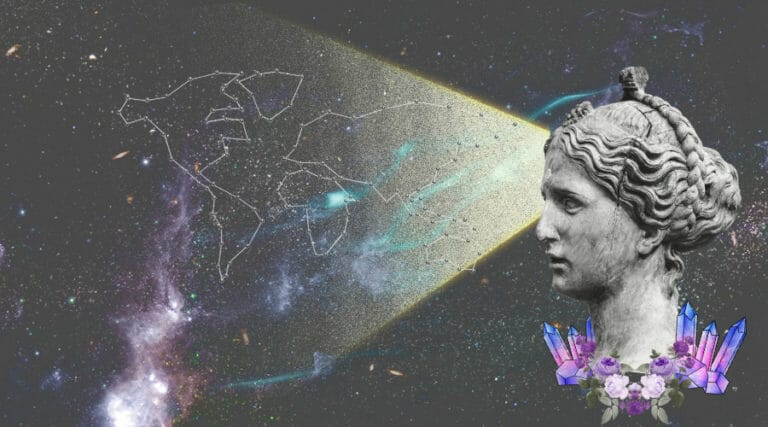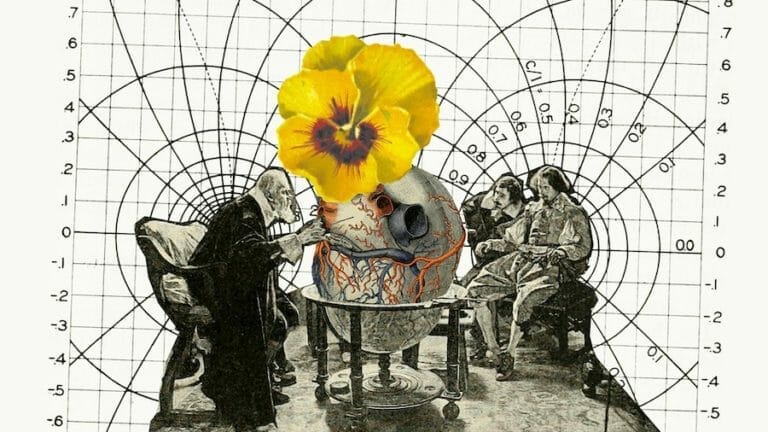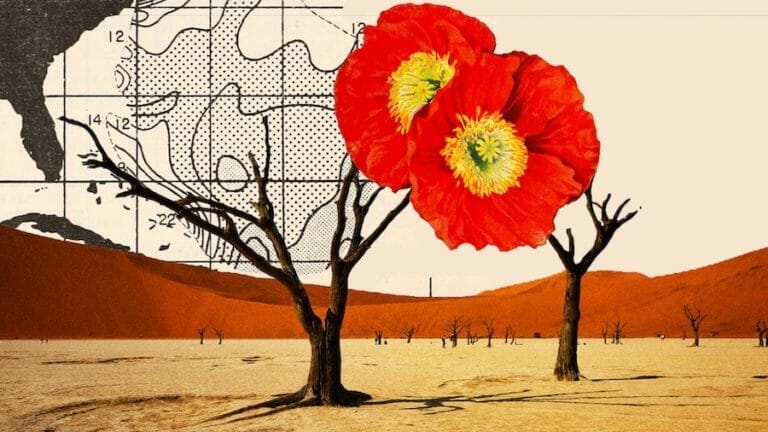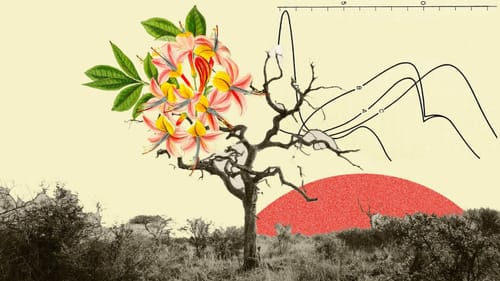Over the years, it has been thought and established that all the information in our organism can be represented by two different forms present in the DNA and neurons. DNA is a long molecule that contains our unique genetic code and is stored in sequences of nucleic bases. In a simple way, DNA is like a recipe book that holds the instructions for making all the proteins in our bodies.
Human DNA is 99.9% identical from person to person. Although 0.1% is not a significant difference, it actually represents millions of different locations within the genome where this variation can occur, resulting in diverse human forms, personalities, behaviors, qualities, and defects.
On the other hand, this information is also found as temporal patterns of potentials of action within neurons. Neurons are considered unique cells that compose the neuronal system. Beyond being intricately branched, every second hundred of billions of electrical impulses called action potentials is transmitted in your body.
Potentials of action are the principal mechanism of communication between neurons. They transport information through their timing and frequency. Moreover, these electrical impulses are responsible for transmitting the information, being the initiator of body movement, and controlling our behavior.

It has been described by modern neuroscience that all behaviors are generated by brain activity. Furthermore, lifelong experiences are one of the subjective forms of behavior. For some people, memory forms the input for future behavior. The only thing that we keep from our experiences is the memories of those experiences. Therefore, how individuals remember the emotions from their experiences may be just as important as the experienced emotions themselves in guiding subsequent behavior.
Some experiences are more prominent and influential than others in your entire life. It is thought that recent experiences have the most significant impact on who we are in the present moment because they are the freshest memories in our minds. One important structure inside your brain, known as the hippocampus, plays a critical role in the formation, organization, and storage of new memories as well as connecting certain sensations and emotions to these memories.
The hippocampus is composed of dendritic spines, which are responsible for some fundamental processes that facilitate learning and memory. The genetic information, preserved as sequences of nucleotides within DNA, can be maintained for millions of years, passed from generation to generation.
The inheritance of DNA sequences reflects, in large part, the entire genetic history of life forms. However, what happens to a memory when a traumatic life event occurs, such as, for example, the death of a loved one, or when an individual has the onset of mental trauma or mental diseases, such as dementia or amnesia? To answer these questions, Michael Persinger and his colleagues conducted a study to explore new theories and hypotheses. During this work performed in 2008, the author proposed that during the approximately 15 to 30 minutes of electrical transmission, when the information is contained in the potentials of action and is transformed into memory within the dendritic synapses inside the hippocampus, this information is represented in an electromagnetic form present within the space occupied by the earth’s magnetic field.

The author suggested that until neuronal networks are information, which requires about 15 to 30 minutes, the phenomena of memory and experience correspond to vulnerable and very transient status.
Consequently, these potentials of action can be altered or even eliminated by disruptions within the brain, such as neuronal damage leading to amnesia, and all the memories are lost forever. However, according to Persinger, as this information exists at the same time in a space outside of the human brain, these memories can be recovered. This occurs during the time that the information stays within this earth’s magnetic field and is considered as “extracerebral” space.
By using the correct technology, it may be possible to see and recover all the memories from one person, even if they are lost after brain damage or due to neurodegenerative disorders, and, therefore, can be reconstructed.
To prove this hypothesis, promising research work was also developed by Persinger and collaborators, using animal models. They explore if, when the hippocampus is damaged or has undergone neurodegeneration, the information present in the electromagnetic field can be recovered and reconstituted. To answer this question, they proposed to expose the brain to a virtual, physiologically-patterned magnetic field that simulates the absent properties of the hippocampal formation or its activity. For that, animal models that displayed significant learning and memory deficits, derived from the damage induced by seizures in the hippocampus, were exposed to weak electromagnetic fields.

These animals were continually stimulated with electromagnetic fields to mimic the normal function of the hippocampus and, this will promote the development of new dendritic spines and, consequently, the formation of memories. The results derived from this unique study demonstrated that these continuous electromagnetic pulses produced effective behavioral changes in learning and memory in the animals. These animals behaved more normally, and the tasks that require memory formation were performed more efficiently.
In agreement, it was observed that their behaviors deteriorated when the field was not present. All these works can indicate that if a definition of these electromagnetic fields is made and, moreover, if we can define how to apply them to the Human, this could lead to the development of very relevant technologies that could be used not only for personal reasons but also to make considerable changes in the evolution of society. Similar to the DNA sequence that contains the record of biological structure on this planet, these neuroelectromagnetic representations may be an alternative source of historical information originating from brain activity.
